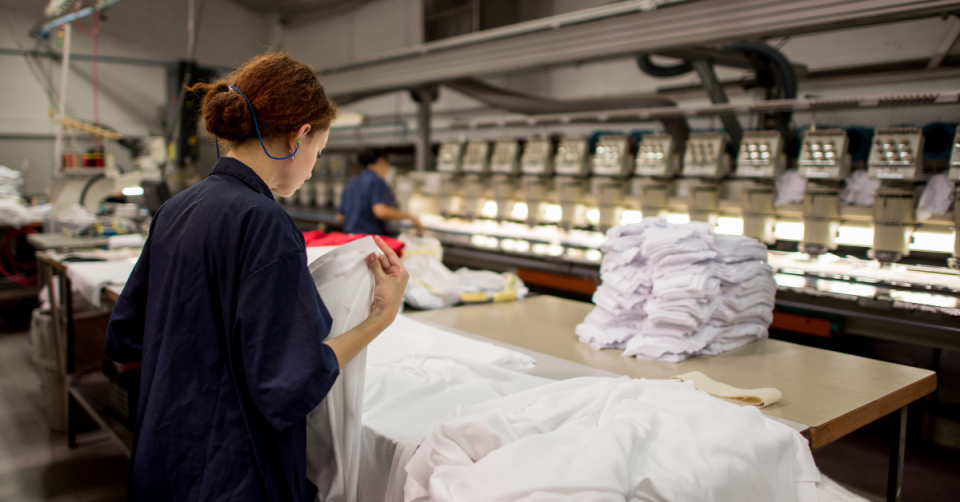A recent move by Indian authorities to restrict textile imports from Bangladesh through select land ports is expected to unlock new opportunities for the domestic textile sector, potentially giving rise to over ₹1,000 crore in additional business.
The policy change, which limits the entry of goods like readymade garments via specific border points, is being hailed by local textile manufacturers as a protective measure that could reduce their reliance on lower-cost imports and revive demand for homegrown products.
Industry insiders say the measure has already sent ripples through the stock market, with shares of key Indian textile companies rallying as the news broke. For firms battling tight margins and post-pandemic volatility, the sudden shift in trade dynamics offers a much-needed cushion.
“The import dependency, especially for garments entering duty-free through land routes, was putting pressure on local producers,” said a senior executive at a South India-based apparel manufacturer. “This move gives us breathing room.”
Besides boosting domestic production, the curbs may also help to curb the indirect inflow of Chinese-origin fabrics that were previously being routed through Bangladesh—an issue long raised by trade associations as a backdoor challenge to India’s self-reliance goals.
However, the change is not without its consequences. Importers and retailers who rely on Bangladeshi suppliers are bracing for potential disruptions, with early estimates suggesting a marginal rise in consumer prices for basic apparel items such as T-shirts, innerwear, and casual wear in the upcoming season.
On the other side of the border, Bangladeshi exporters have voiced concerns, stating that the sudden restriction could lead to delays, increased logistic costs, and strain on bilateral trade ties. Despite the expected short-term hiccups, Indian manufacturers—particularly those in hubs like Tirupur, Surat, and Ludhiana—see this as an opportunity to capture a bigger share of the domestic and export market, while encouraging buyers to shift sourcing strategies toward Indian-made products.
If the current momentum holds, analysts believe this policy adjustment could set the stage for long-term structural gains in India’s textile economy, aligning well with the broader “Make in India” vision and textile growth targets outlined by the government.



